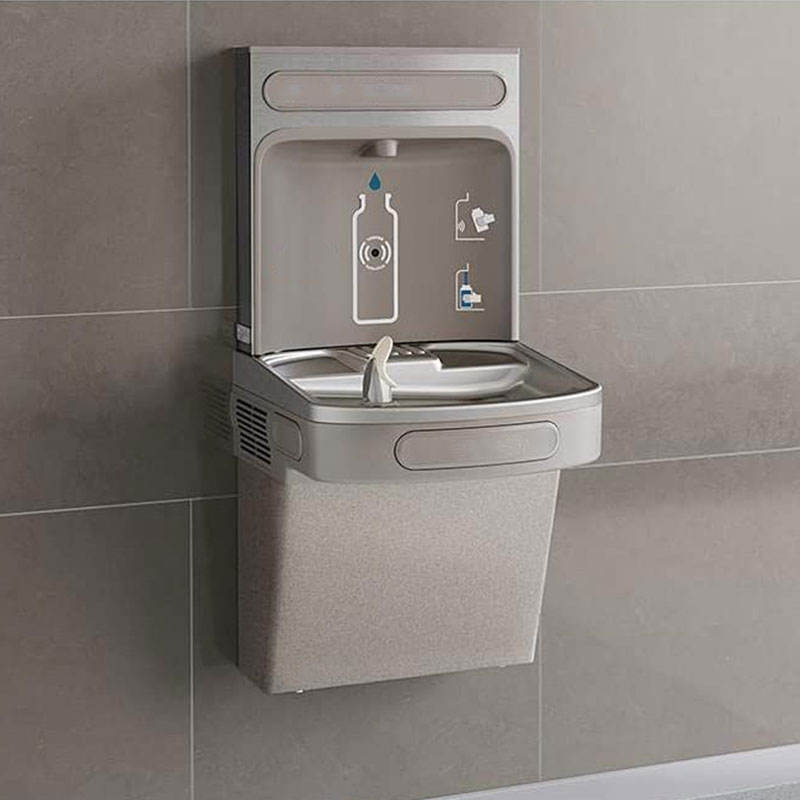 Introduction
Introduction
While mature markets in North America, Europe, and Asia drive technological innovation in the water dispenser industry, emerging economies in Africa, Southeast Asia, and Latin America are quietly becoming the next battleground for growth. With rising urbanization, improving health awareness, and government-led water security initiatives, these regions present both immense opportunities and unique challenges. This blog examines how the water dispenser industry is adapting to unlock the potential of emerging markets, where access to clean water remains a daily struggle for millions.
The Emerging Market Landscape
The global water dispenser market is projected to grow at a 6.8% CAGR through 2030, but emerging economies are outpacing this rate:
- Africa: Market growth of 9.3% CAGR (Frost & Sullivan), driven by solar-powered solutions in off-grid regions.
- Southeast Asia: Demand surges by 11% annually (Mordor Intelligence), fueled by urbanization in Indonesia and Vietnam.
- Latin America: Brazil and Mexico lead with 8.5% growth, spurred by drought crises and public health campaigns.
Yet, over 300 million people in these regions still lack reliable access to clean drinking water, creating a critical need for scalable solutions.
Key Drivers of Growth
- Urbanization and Middle-Class Expansion
- Africa’s urban population will double by 2050 (UN-Habitat), increasing demand for convenient home and office dispensers.
- Southeast Asia’s middle class is set to reach 350 million by 2030 (OECD), prioritizing health and convenience.
- Government and NGO Initiatives
- India’s Jal Jeevan Mission aims to install 25 million public water dispensers in rural areas by 2025.
- Kenya’s Majik Water project deploys solar-powered atmospheric water generators (AWGs) in arid regions.
- Climate Resilience Needs
- Drought-prone areas like Mexico’s Chihuahua Desert and South Africa’s Cape Town adopt decentralized dispensers to mitigate water scarcity.
Localized Innovations Bridging Gaps
To address infrastructural and economic barriers, companies are rethinking design and distribution:
- Solar-Powered Dispensers:
- SunWater (Nigeria) provides pay-as-you-go units for rural schools, cutting reliance on erratic grid power.
- EcoZen (India) integrates dispensers with solar microgrids, serving 500+ villages.
- Low-Cost, High-Durability Models:
- AquaClara (Latin America) uses locally sourced bamboo and ceramics to reduce costs by 40%.
- Safi (Uganda) offers $50 dispensers with 3-stage filtration, targeting low-income households.
- Mobile Water Kiosks:
- WaterGen partners with African governments to deploy truck-mounted AWGs in disaster zones and refugee camps.
Case Study: Vietnam’s Dispenser Revolution
Vietnam’s rapid urbanization (45% of population in cities by 2025) and groundwater contamination have spurred a dispenser boom:
- Strategy:
- Kangaroo Group dominates with $100 countertop units featuring Vietnamese-language voice controls.
- Partnerships with ride-hailing app Grab enable doorstep filter replacements.
- Impact:
- 70% of urban households now use dispensers, up from 22% in 2018 (Vietnam Ministry of Health).
- Reduced plastic bottle waste by 1.2 million tons annually.
Challenges in Penetrating Emerging Markets
- Infrastructure Deficits: Only 35% of Sub-Saharan Africa has reliable electricity (World Bank), limiting adoption of electric models.
- Affordability Barriers: Average monthly incomes of $200–$500 make premium units inaccessible without financing options.
- Cultural Hesitation: Rural communities often distrust “machine water,” preferring traditional sources like wells.
- Distribution Complexity: Fragmented supply chains raise costs in remote areas
Post time: May-26-2025

